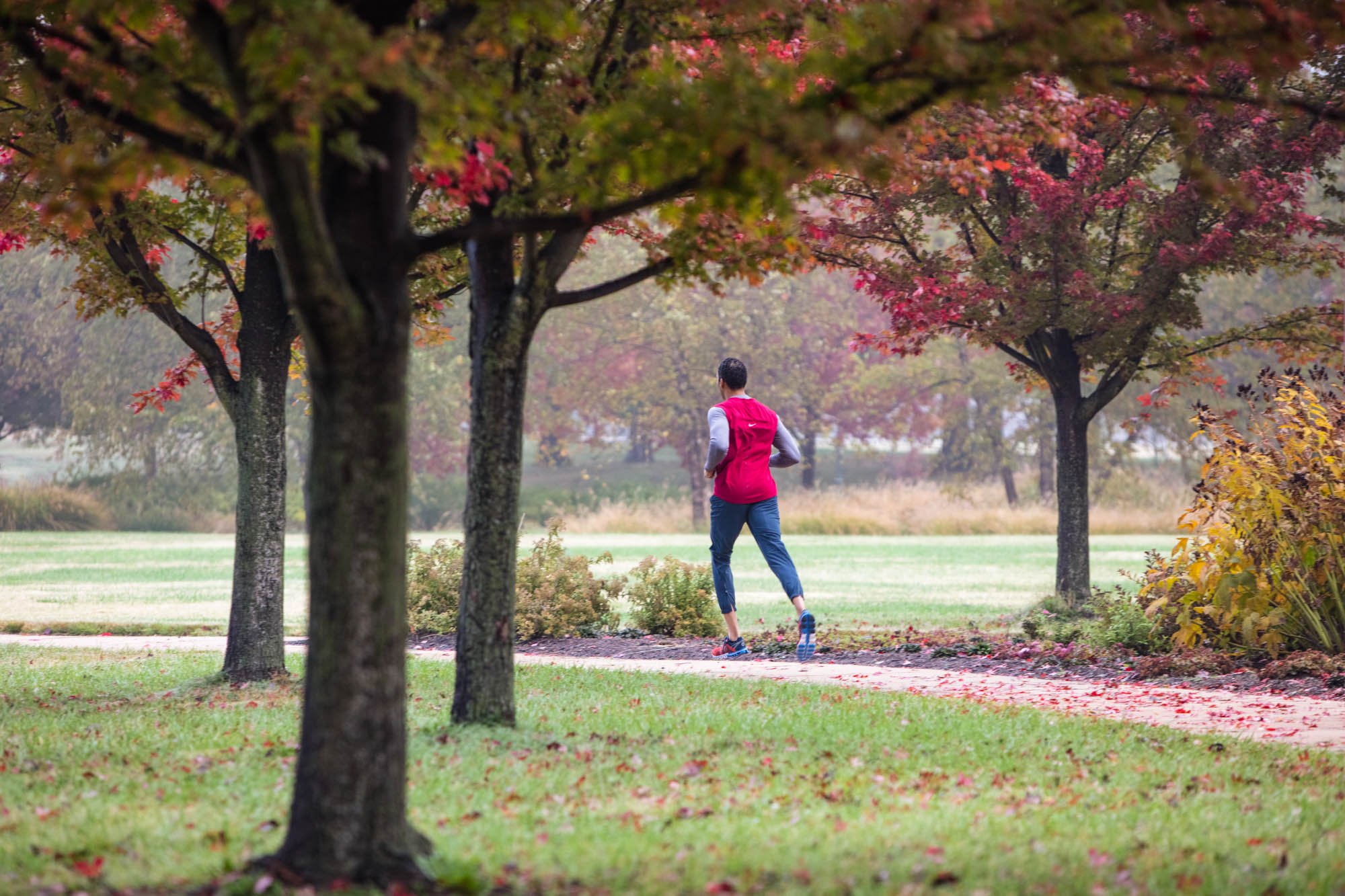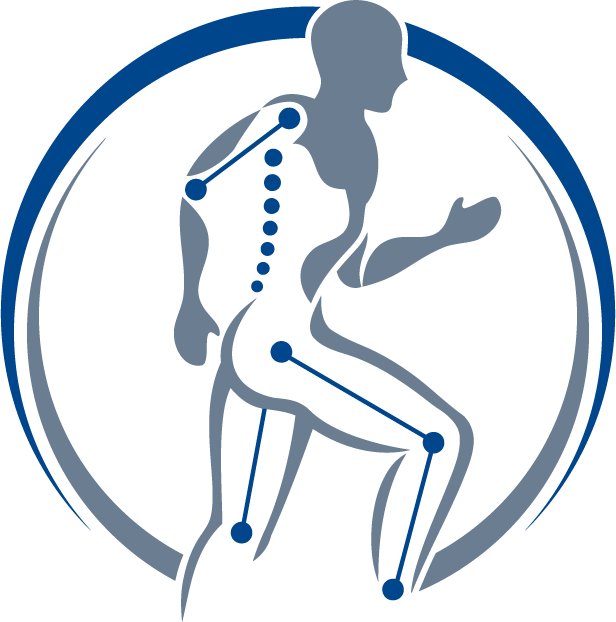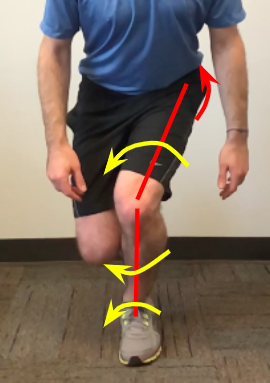
LEARN
Precision Physical Therapy Blog
Running: Heel Raises, How & Why
Calf weakness is a common issue in runners and can lead to pain and injuries in the foot and lower leg. Calf weakness presents in multiple ways when assessing a runner’s gait mechanics. One of those ways is when the knee travels excessively forward of the toe at mid stance during gait (also known as increased anterior tibial translation). It is true that there are other movement problems that contribute to increased anterior tibial translation at mid stance, however the key contributor we will discuss today is calf weakness. Below you can see a still shot of normal and excessive tibial translation.
Running: Dynamic Knee Valgus
Limited ankle range of motion and gluteal weakness: two of the most common contributors to injuries that we see in runners. These impairments often lead to a movement pattern called dynamic knee valgus and knee pain in runners. This is especially true in those who are new to running or returning after a long break. This blog will describe the knee valgus pattern: What is it? How do you fix it? Why does it matter?
Running Biomechanics: Cadence
Think back to the last time you stepped off a ledge expecting the ground to be closer than it was. Your foot and knee anticipated the ground at one distance but were straightened and stiff in the moment when your foot actually hit the ground. Consequently, the rather uncomfortable force of this unexpected impact moved up from your foot through your leg and to the rest of your body. In the field of biomechanics, we call this force moving through your body ground reaction force. …
Runners: ITB ‘Stretching’ mistakes and 3 ways to fix it!
Iliotibial band (ITB) insertion pain is a common complaint among runners. While not a serious injury, it is almost impossible to continue training when this pain presents. Most often, ITB pain in runners is associated with weak gluteals, resulting in overuse of the Tensor Fasciae Latae (TFL), a hip flexor.
Running Biomechanics: The Lean
When we learn more about each person’s daily postures, physical stresses and individual running mechanics, we discover patterns. The patterns reveal the overuse of some muscles and under use of others, they indicate where more stress is created on tissues that can become injured. While injuries like, patella femoral pain, plantar fasciitis and lower back pain sound very different, they may be associated with the same underlying faults. When a runner takes the time to learn about their patterns and how they move while they run, they can take control of their technique and limit their injuries. In this article, the first of several, we will take a close look at body posture during running.





